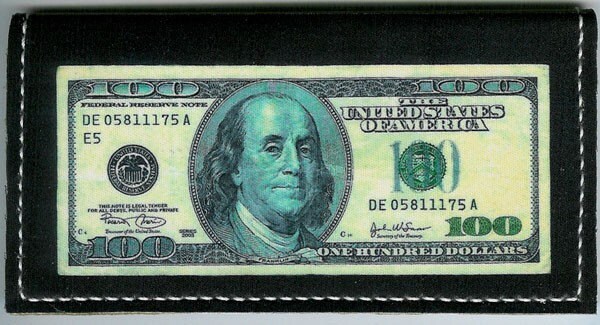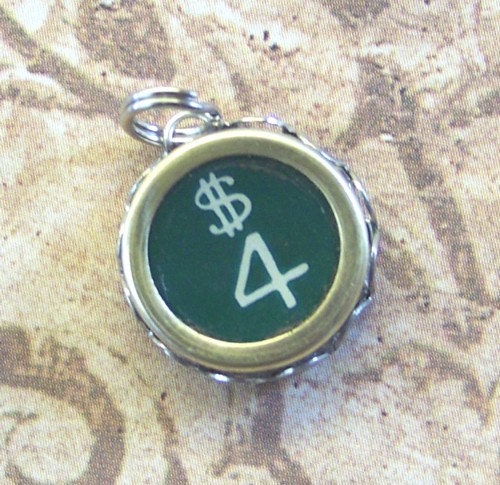Last week we covered the first section of your business plan, the overview. This week we will tackle the financial section. Put simply, this is where we cover how you are going to fund your business, your businesses expected debt load, your businesses expected profitability, and will do the all important break even analysis- aka when your business starts making instead of costing money.
I have said this before, but it bears repeating- it takes the average business 2-3 years to become profitable, and most businesses fold in the first year. Why? There are many reasons, but the largest by far is they did not have a sound financial plan going in and went broke. After completing this section you will have taken a very large step to insuring your business does not meet this fate.
Once again, we are going worksheet style. Following the worksheet are some tried and true methods to fund your business without seeking out a loan. You may want to have a calculator handy, there is some minor math in this part. (If you do want a business loan, please contact the SBA or your local SCORE chapter for more information on business plans for that purpose).
1) What equipment do you need or foresee you will need/need to replace within the next six months years. Start up supplies go here as well. Once again, place an approximate dollar amount by each item.
2) Any other overhead you need to start- licenses, membership fee's, studio rental, etc. Place the what and the dollar amount here.
3) What equipment do you currently own? Include craft specific equipment as well as office equipment such as computer, postage scale, etc. Place an approximate dollar value by each piece of equipment.
4) Do you currently have cash (not credit or loans) set aside for your business? How much?
Ok, now add 1 and 2 together. This number is your start-up debt. Now add up 3 & 4. This is your capital.
Now we are going to figure out your fixed cost and variable costs. A fixed cost is anything that is the same no matter how much you sell. Your start-up debt above is your fixed cost for your first year of business. We are going to do a three year break even analysis, so you will need to list your yearly fixed costs for the following two years as well- yearly rent, insurance, license renewals, etc.
Fixed costs
first year-(startup debt- capitol)
Total- $
second year- (itemize and dollar amount)
Total- $
Third year- (itemize and dollar amount)
Total- $
Variable costs are recurring costs that are absorbed each time you sell something. This is your labor cost (the hourly wage which you pay yourself), supplies, advertising, online listing/selling fee's, booth rental, etc.
Variable costs
(itemize each costs with a dollar amount example:
Labor- $20 hour
Listing fee- .20
then break it down to the amount of variable cost that affect each item you sell)
If you already have a pricing formula, write it down here. If not, you need to come up with one before we go any further. There are plenty of formula's out there for artists on the web, or you can use this simple one:
supplies + hourly wage x 2= price
if you pay yourself $20 an hour and the item takes 15 minutes to make and $1 in supplies, your formula would like this:
1+5x2= $12
Another option is to do variable costs+hourly wage+supplies x 2= price. Pricing can be the most complicated thing to figure out. You will most likely change your pricing strategy after writing this plan, and that is fine. You will just update your plan once you do.
Now pull out a separate sheet of paper, it is time for the last part of this section! We are going to do our break even analysis. Once this is done you will have a good idea of when to expect to begin making profit from your business. Leather Checkbook Cover by LnJARTSnCRAFTS
Leather Checkbook Cover by LnJARTSnCRAFTS
 Leather Checkbook Cover by LnJARTSnCRAFTS
Leather Checkbook Cover by LnJARTSnCRAFTSAt the top of the paper write:
Capital year 1 Fixed costs variable costs Average item price
$ $ $ $
Now the formula to figure your break even point: subtract your variable costs from your average item price. Now take that number and divide your year one fixed costs by it:
Break even Point = Fixed Costs/(Unit Selling Price - Variable Costs)
This number is how may items you need to sell to break even. If you do not achieve this your first year, you will then go back and redo it adding your second year fixed costs to the remainder of year one's costs, and so on up until year three.
How does knowing your break even point help you? First, you know exactly how profitable your business is at any given moment. This is a good thing, as it helps you plan accordingly. Second, if you wish, you can start paying yourself from the first item you sell if you wish with out guilt. And third, you can avoid many of the common pitfalls of overspending and the cycle of debt many businesses fall into.
Time for the good part! Some ways to fund your business:
1) Re invest your hourly wage into your business.
2) Work a part time job to support you or your business until it gains profitability.
3) Work full time while building your business part time.
4) Research local opportunities for funding. Some local organizations have special accounts for small business owners where they match funds you deposit in them. Contact your local SBA chapter to see if any exist in your area.
5) Research grants you may qualify for. A good online resources:
http://search.business.gov/startLoans.html
6) The multiple streams of income method (the way my husband and I did it):
Freelance for another company for the steady check
work small odd jobs
write for in your area of expertise, this doubles as marketing that you get paid for.
scale back- don't eat out, hoard every penny mentality
7) Deliver the weekly free paper in your town. This is usually good for a couple hundred dollars a month, only takes a couple hours a week, and doesn't interfere with a day job or building your business.
8) Ask for start up capitol for Christmas, birthdays, etc, then set up a separate account for your business so you don't touch it for personal use.
9) Sell something. Do you really need two cars? Three t.v.'s? That hideous lamp aunt Martha gave you that is worth $150?
10) Set aside a certain amount from your current jobs paycheck into your business account. Treat it as a bill that must be paid.
Under no circumstances use credit cards to fund your business! That rarely has a happy ending!
Next week we'll cover the marketing plan, I promise it will be much easier than this workshop is!



2 comments:
I was just looking for a project planning idea, something like you have posted here!
Thank you very much.
Awesome information and the last tip is invaluable - don't use your credit card! I actually have used mine, and now I'm working to get it paid off. No more buying inventory for me - I need to make, make, make & sell, sell, sell!
Thank you for taking the time to post these very important questions for us!
- Jan
http:\\scrapwithjan.blogspot.com
Post a Comment